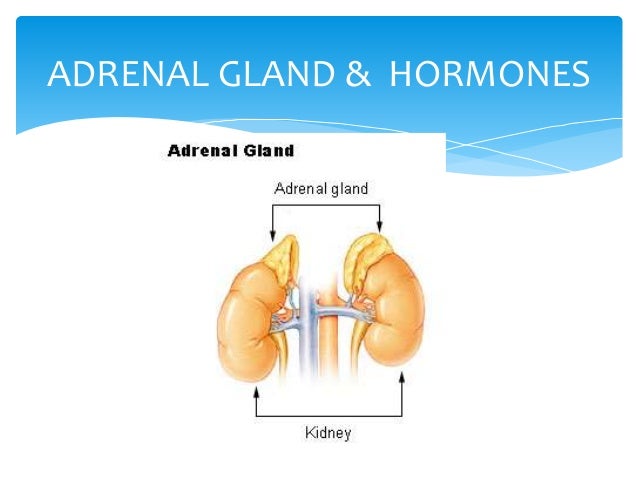
It plays an important role in several biological rhythms. The pineal gland is also located in the brain, near the back, directly above the brain stem. The balance of hormones in the entire endocrine system is maintained by feedback from each of these “players” to the others. Most notable of these hormones is a growth hormone that controls and regulates the increase in size as children grow from infancy to adulthood.Īs the master gland, the pituitary forms a very important part of a feedback system, one that includes the hypothalamus and the organs targeted by the various hormones. Another part of the pituitary secretes several hormones that influence the activity of the other glands. One part of the pituitary controls things associated with pregnancy, through the hormone oxytocin, such as production of milk for nursing infants and the onset of labor, as well as the levels of salt and water in the body, through the hormone vasopressin. That is because the pituitary gland is the master gland, the one that controls or influences all of the other endocrine glands. The hypothalamus controls the glandular system by influencing the pituitary. The pituitary gland is located in the brain itself, just below the hypothalamus. The Pituitary, Master of the Hormonal Universe (See Learning Objective 9.11.) Some of the hormones produced by endocrine glands also influence the activity of the brain, producing excitatory or inhibitory effects ( Schwartz & Javitch, 2013). Some theories of emotion state that the surge in certain hormones actually triggers the emotional reaction ( Izard, 1988 Zajonc, 1980, 1984). The hormones affect behavior and emotions by stimulating muscles, organs, or other glands of the body. The endocrine glands secrete hormones directly into the bloodstream, which carries them to organs in the body, such as the heart, pancreas, and sex organs. As compared to synaptic communication, endocrine communication is generally slower due to the time it takes hormones to travel to target organs the behaviors and responses they affect may not occur until hours, weeks, or years later.

The molecules of these hormones then fit into receptor sites on those organs to fulfill their function, affecting behavior as they do so. As mentioned earlier in the chapter when talking about the sympathetic division of the autonomic nervous system, these hormones flow into the bloodstream, which carries them to their target organs. (See Figure 2.9.) The chemicals secreted by this type of gland are called hormones. Other glands, called endocrine glands, have no ducts and secrete their chemicals directly into the bloodstream. This kind of gland affects the functioning of the body but doesn’t really affect behavior. Some glands, such as salivary glands and sweat glands, secrete their chemicals directly onto the body’s tissues through tiny tubes, or ducts. Your computer does not support HTML5 audio


 0 kommentar(er)
0 kommentar(er)
